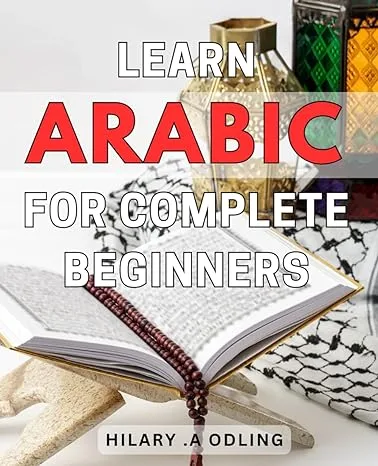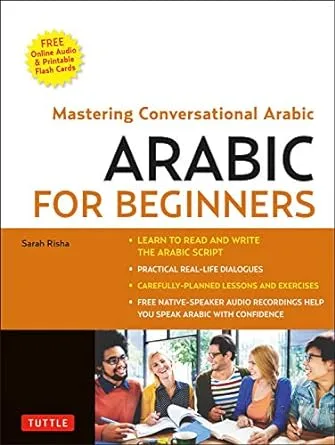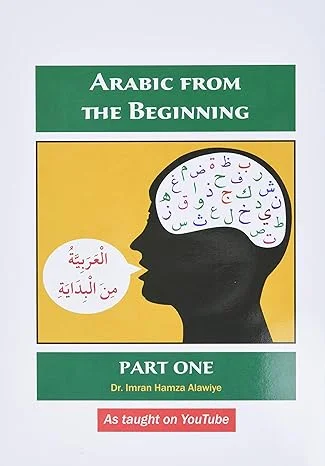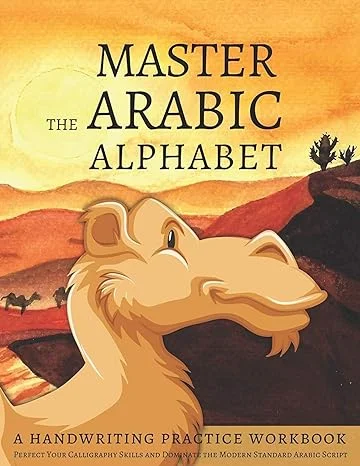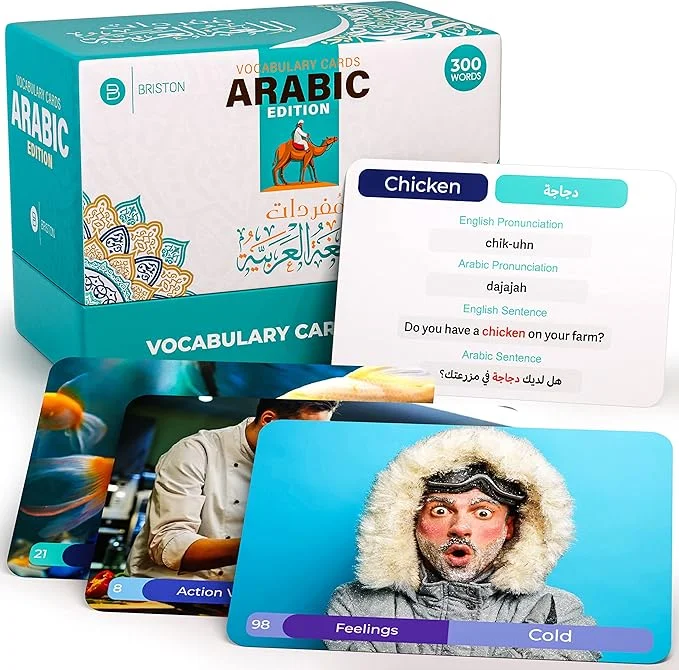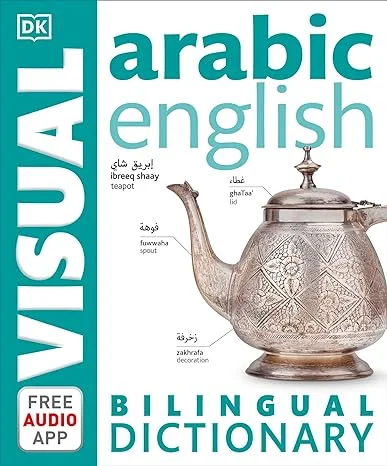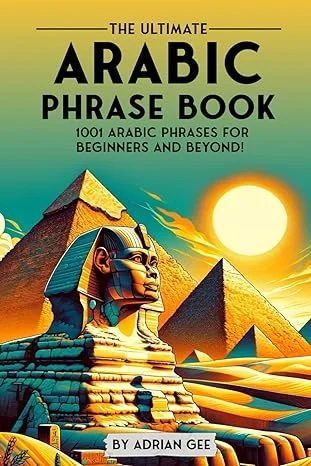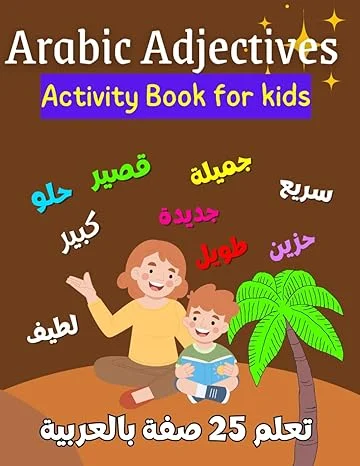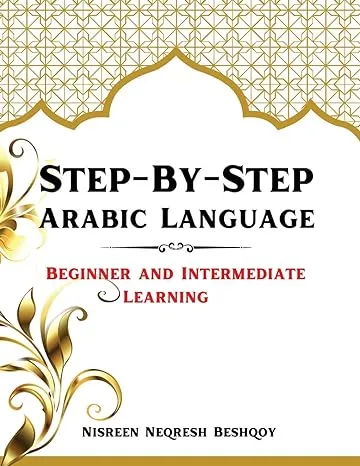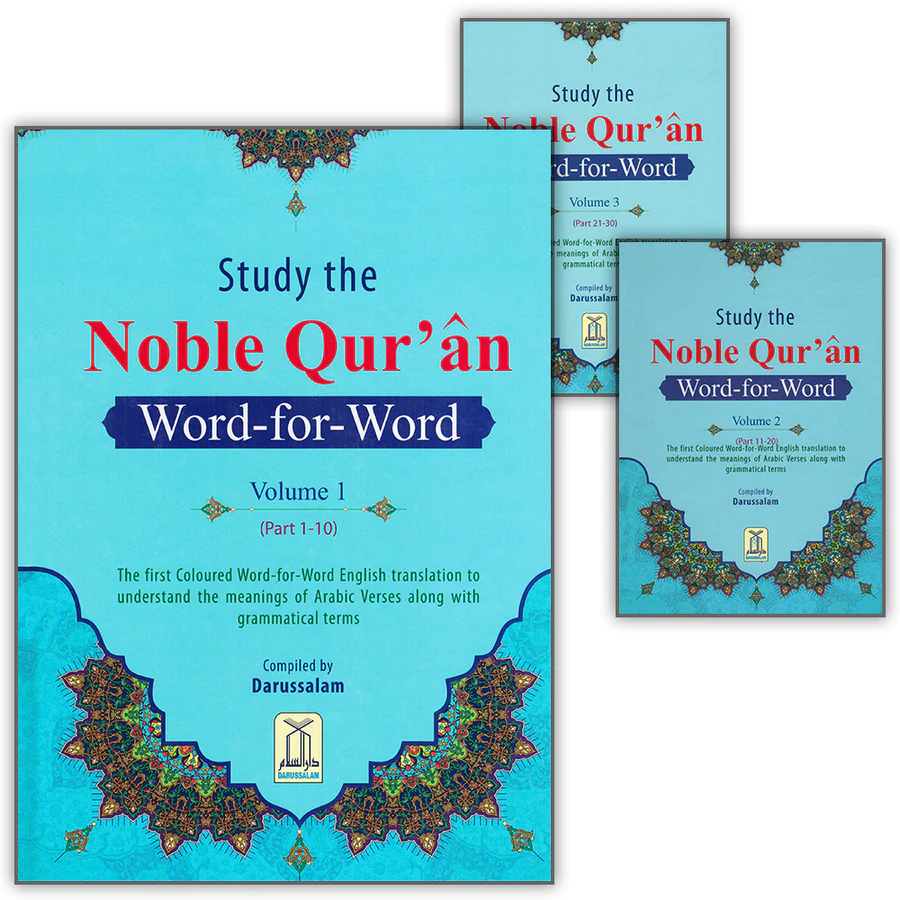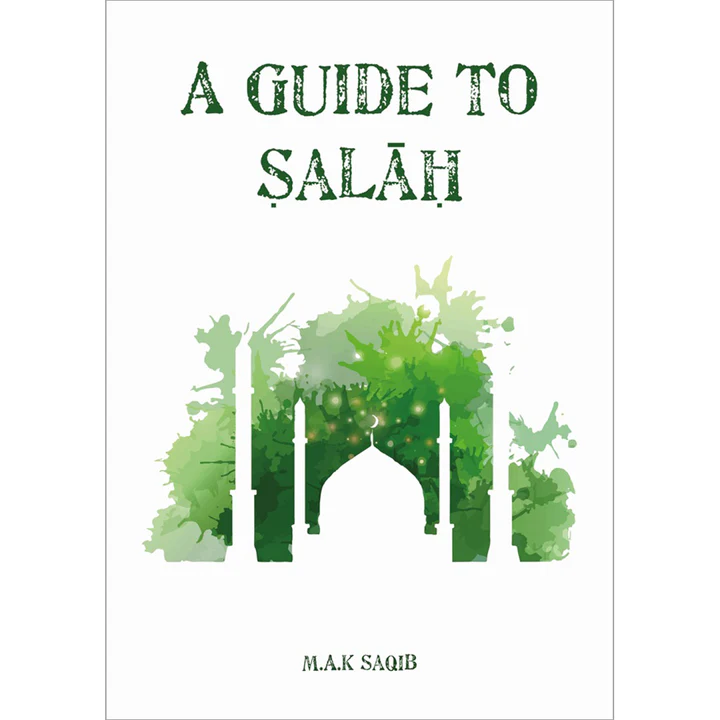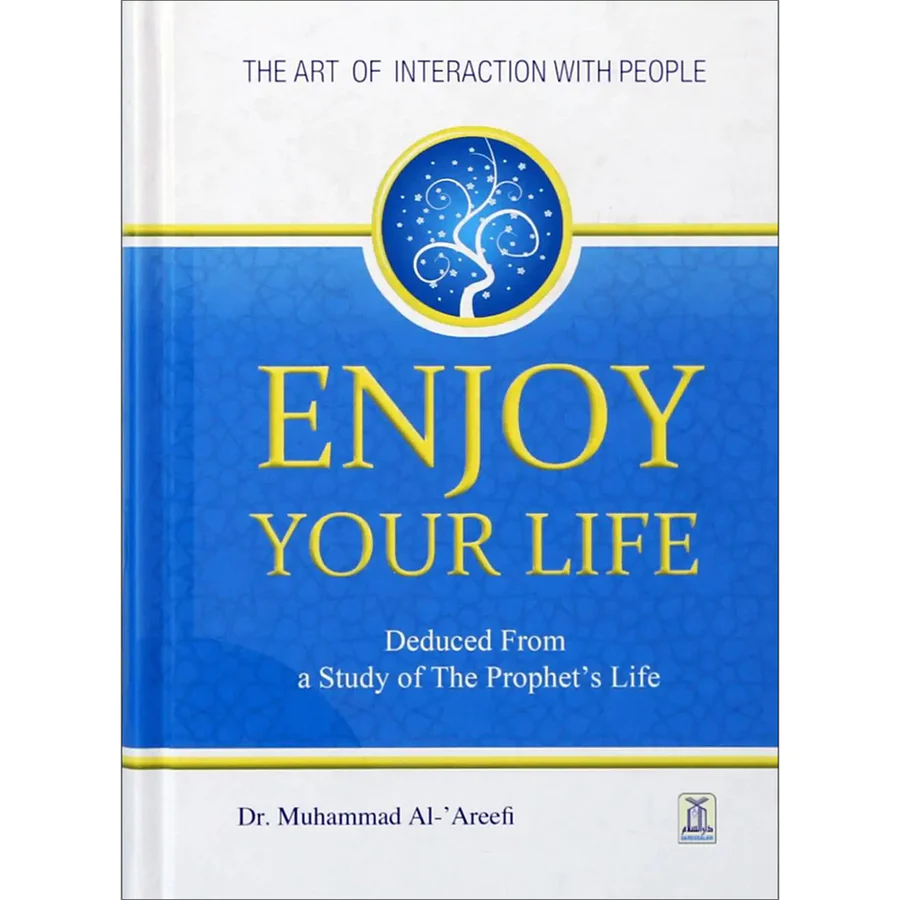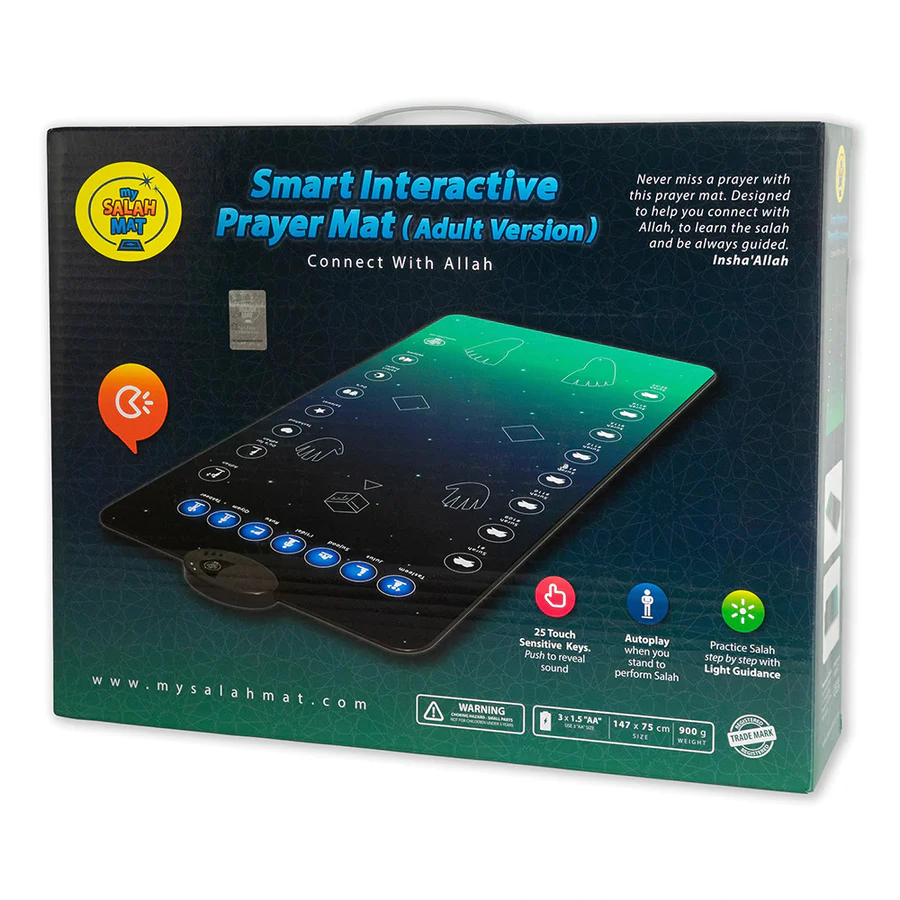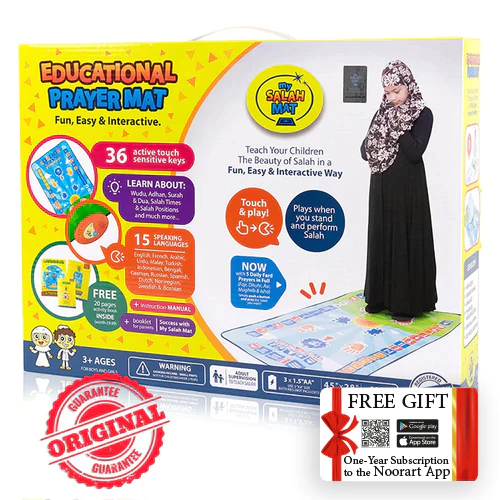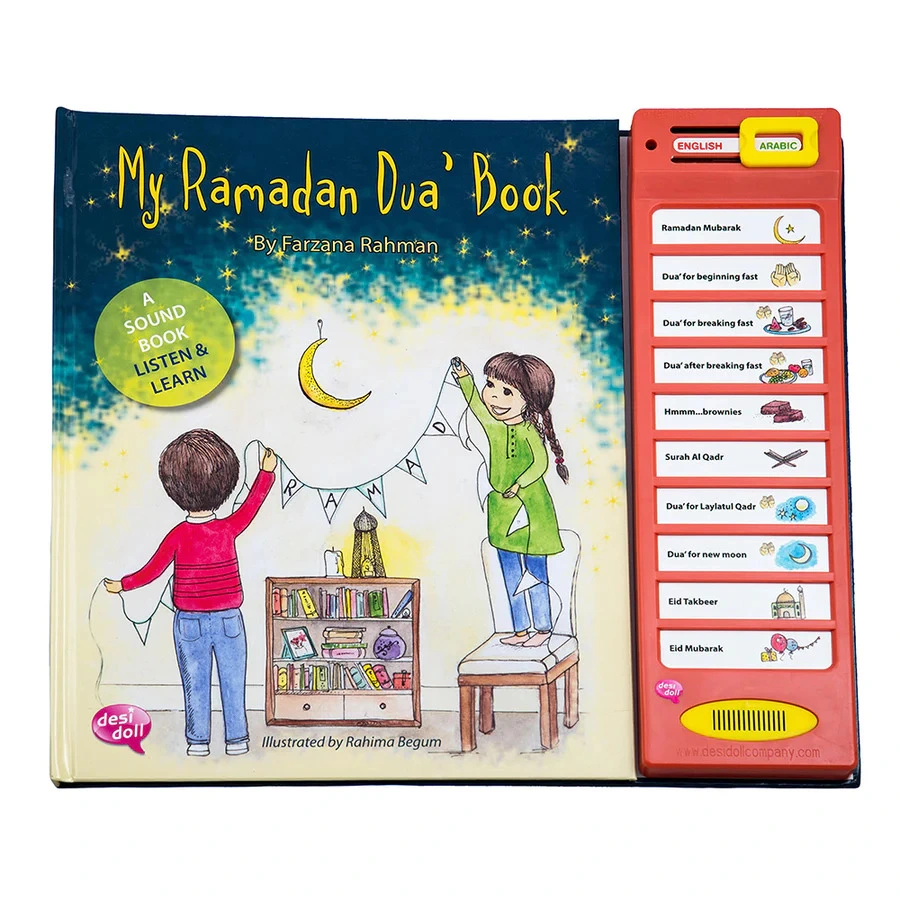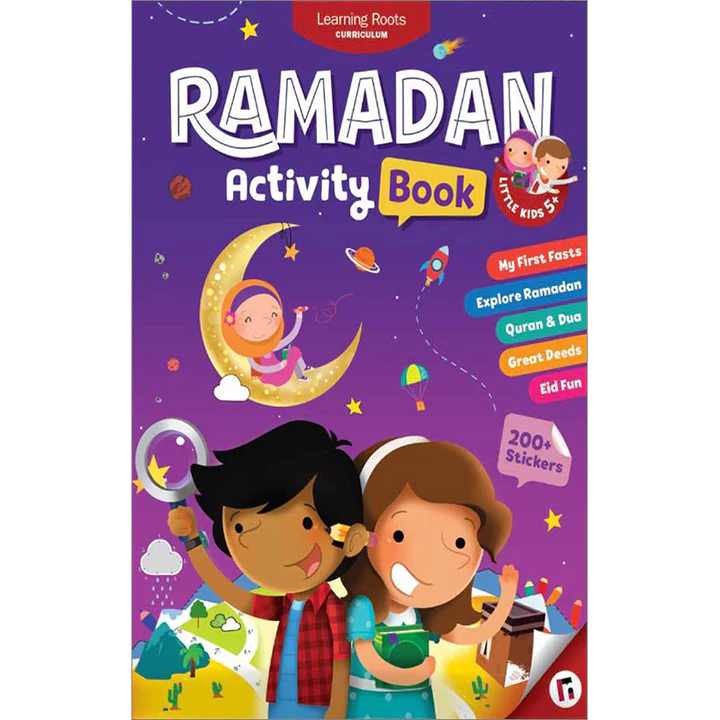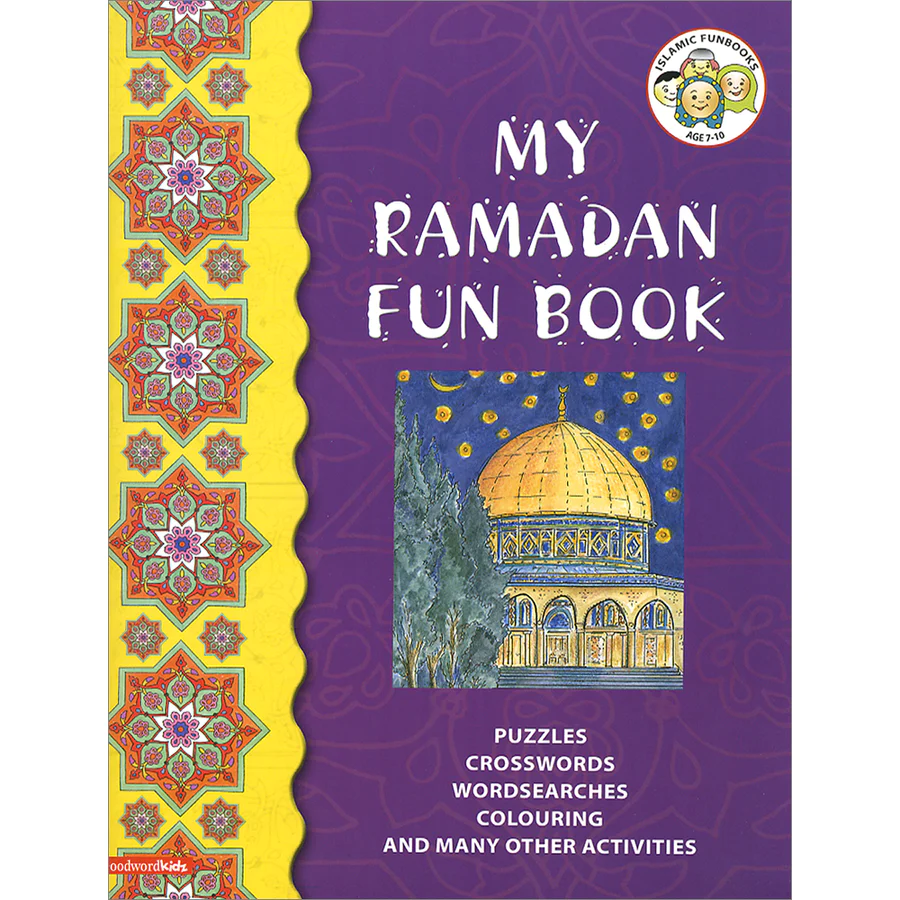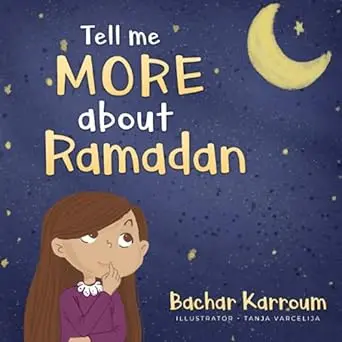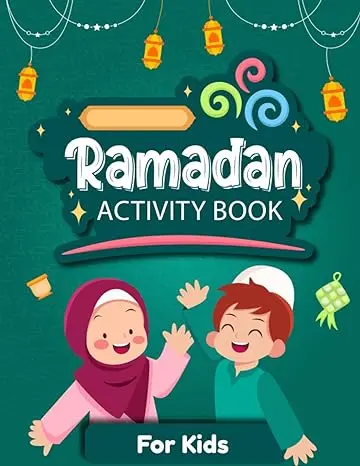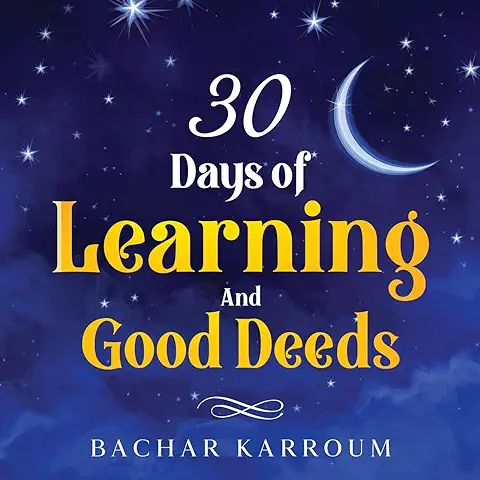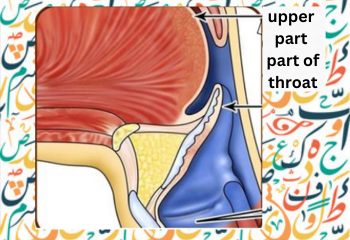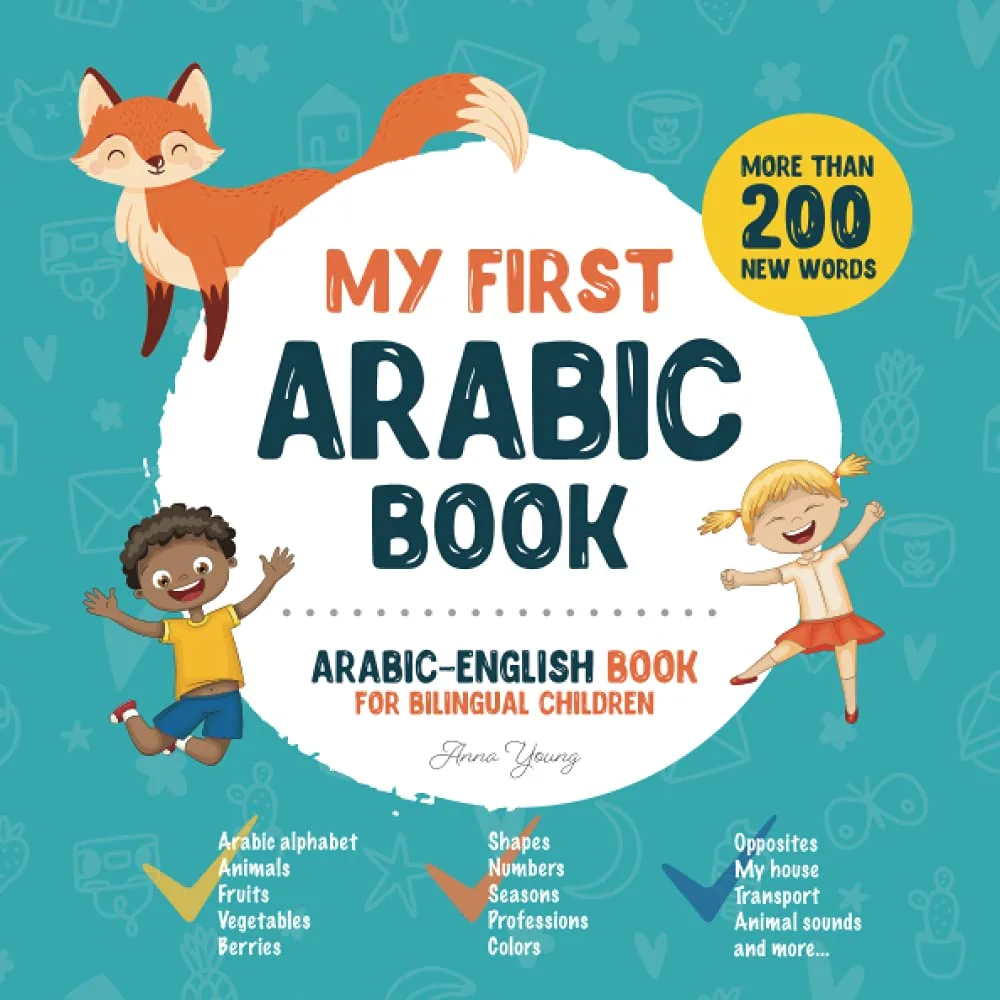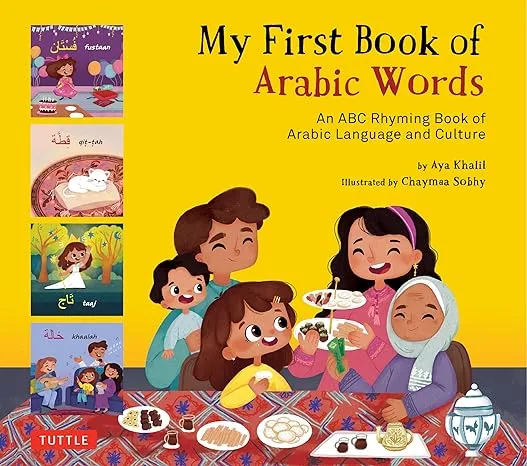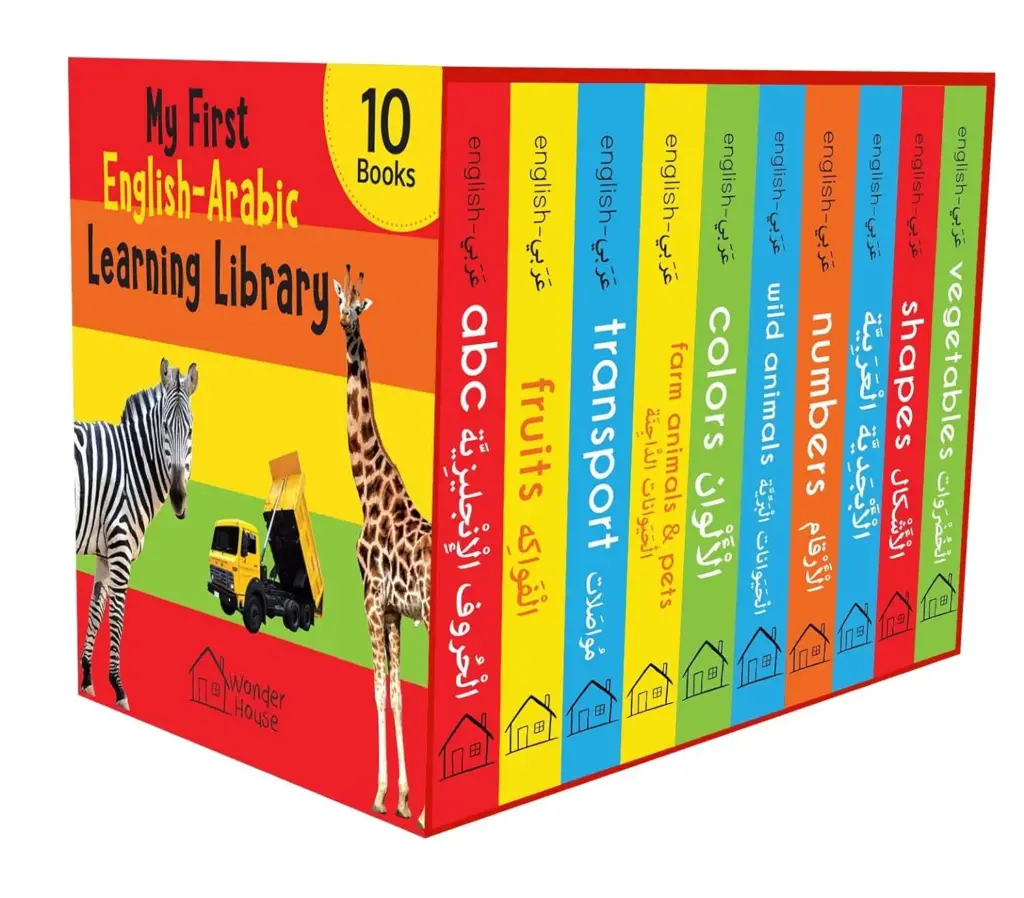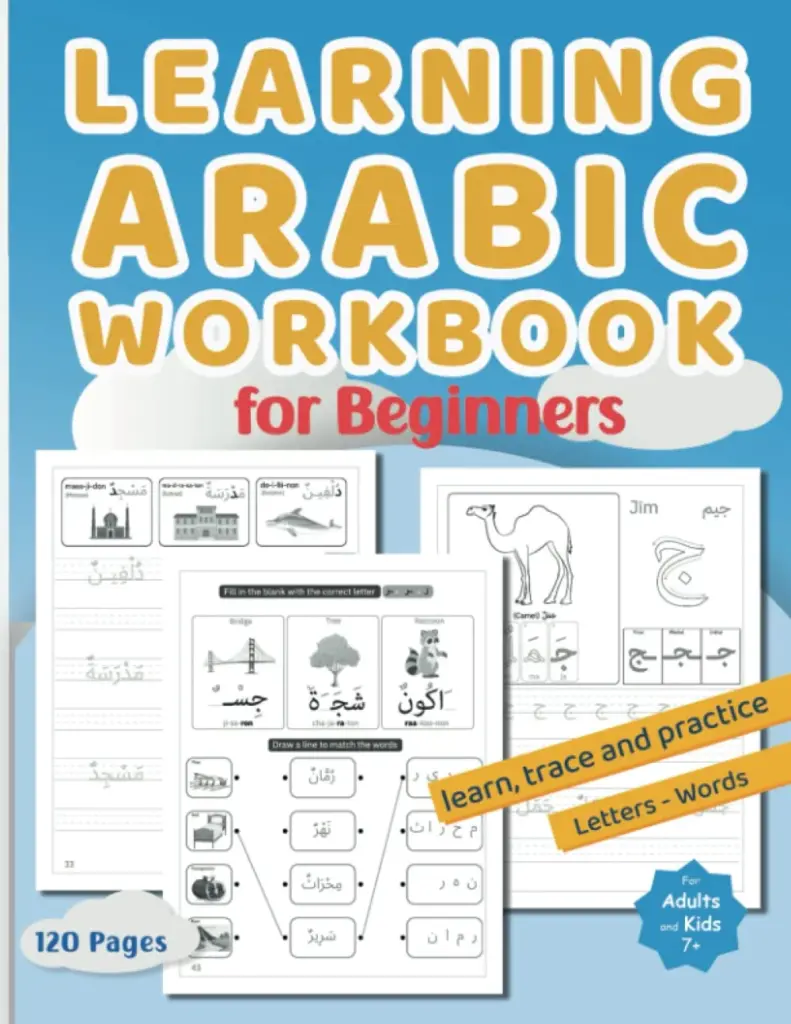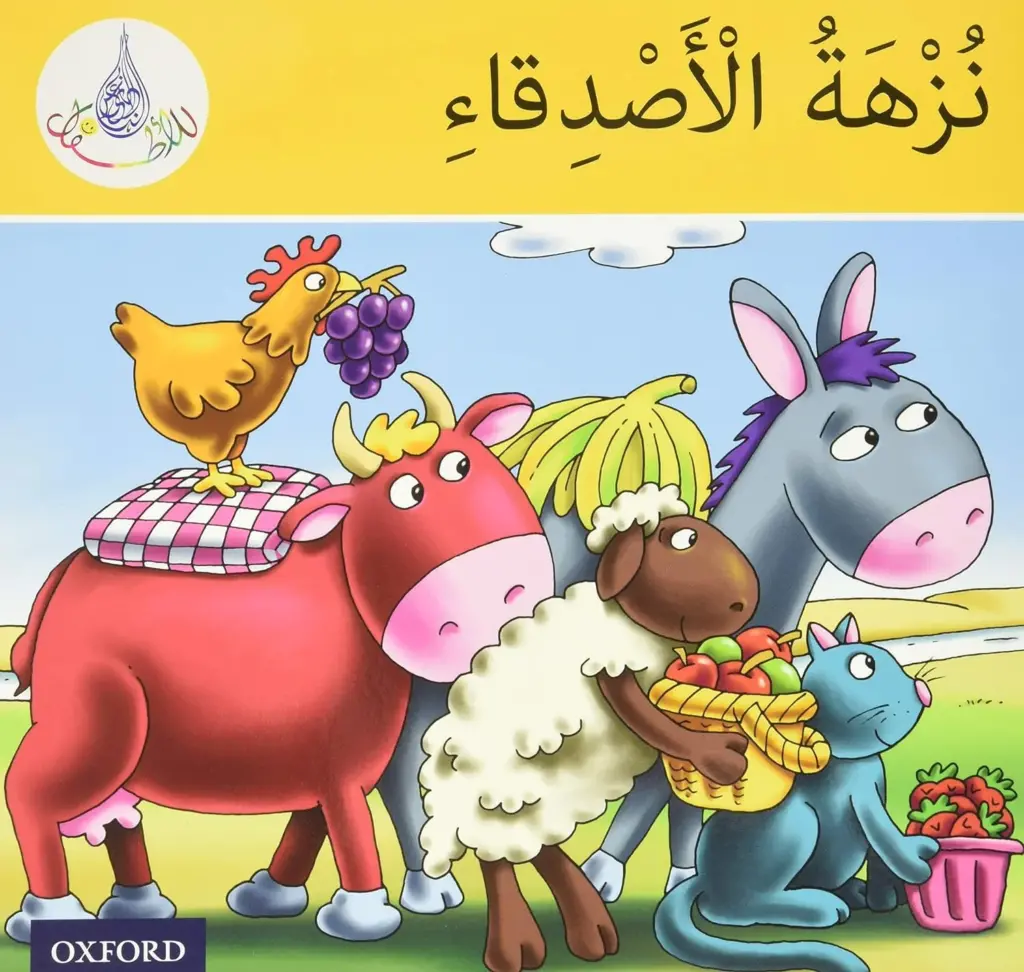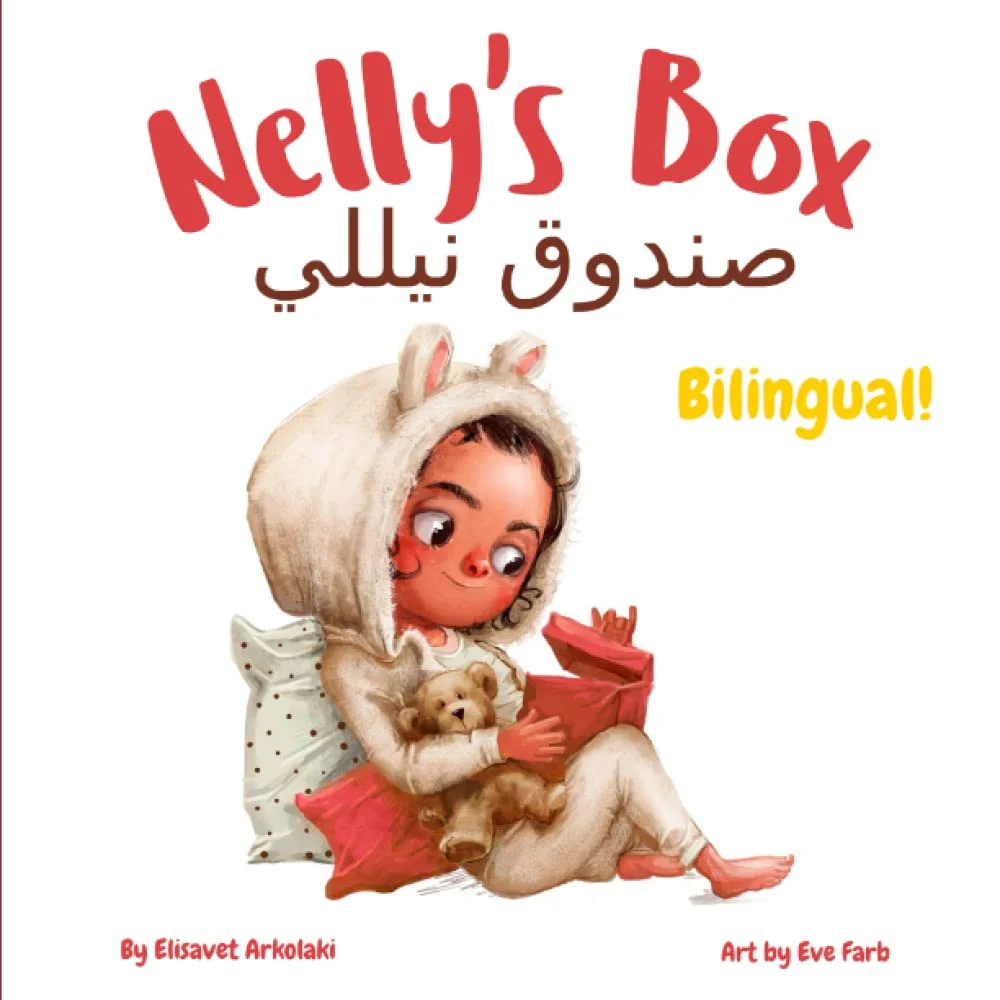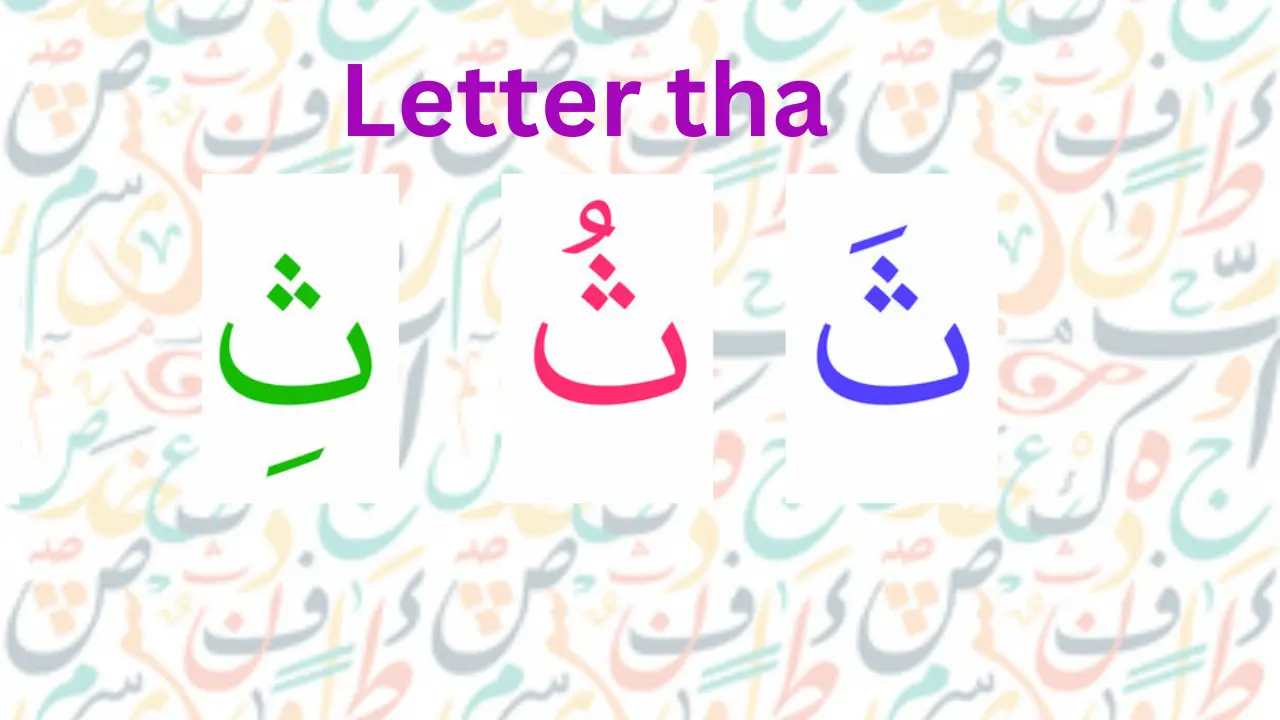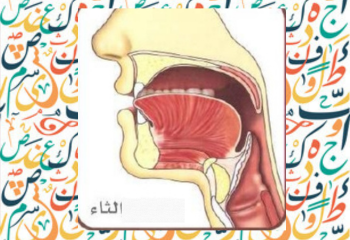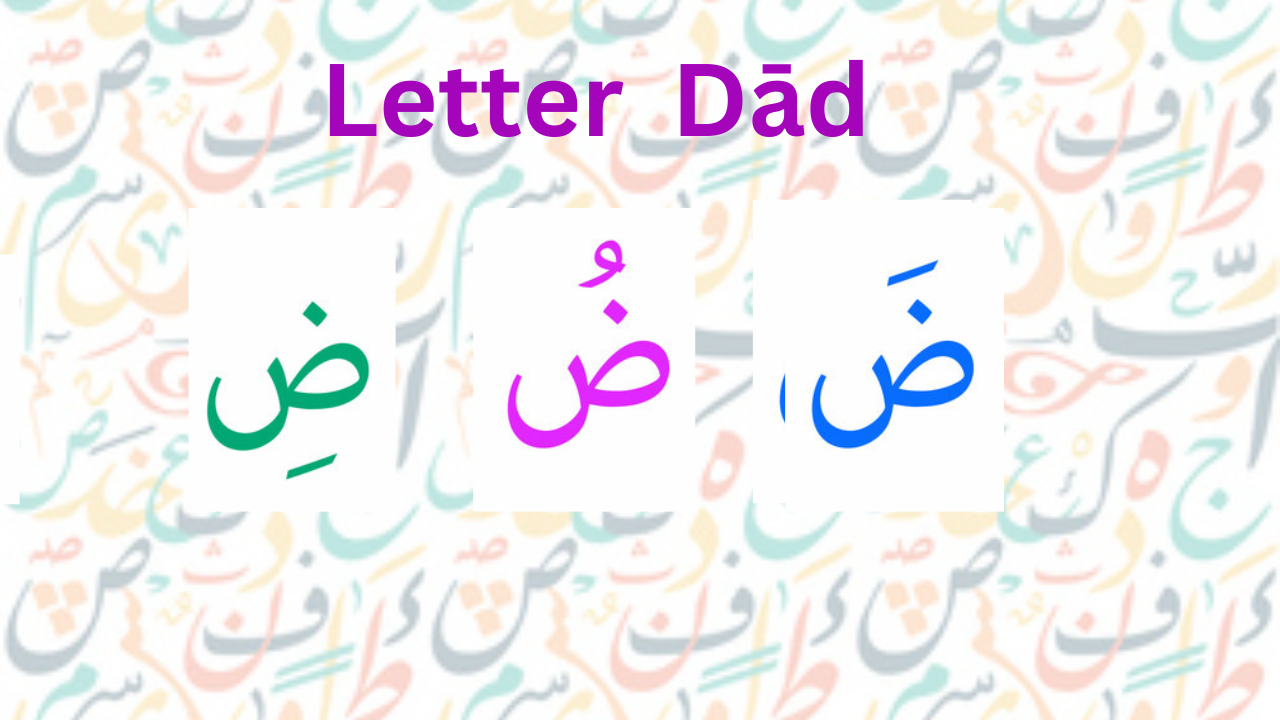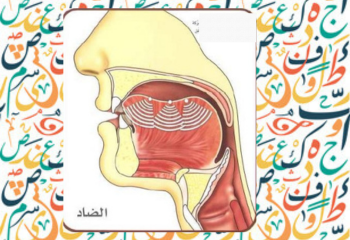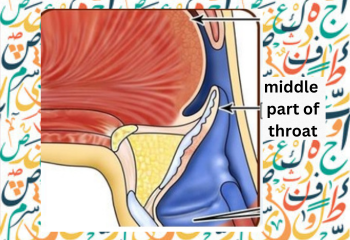Learning even a few Arabic phrases will help you better comprehend the diverse cultures of the Arabic-speaking world.
The Arabic language has beautiful sentences, potent expressions, and kind welcomes.
These common Arabic phrases will help you communicate effectively and make an impression, whether you’re planning a trip, connecting with friends, or just wanting to learn a new language.
In order to enhance your interactions and help you better understand Arabic culture, let’s explore some lovely Arabic language phrases and expressions.
Basic Greetings
- مرحباً (Marhaban) – Hello
- أهلاً (Ahlan) – Hi
- صباح الخير (Sabah al-khayr) – Good morning
- مساء الخير (Masa’ al-khayr) – Good evening
- تصبح على خير (Tusbih ‘ala khayr) – Good night
- كيف حالك؟ (Kayfa haluk?) How are you?
Common Responses
- بخير، شكراً (Bikhayr, shukran) I’m fine, thank you.
- الحمد لله (Alhamdulillah): Praise be to God (often used to mean “I’m doing well”)
Expressing Appreciation
- جميل جداً (Jameel Jiddan): Very beautiful
- ممتاز (Mumtaz) – Excellent
Farewells
- مع السلامة (Ma’a as-salama): Goodbye
- إلى اللقاء (Ila al-liqa’) – See you later
Polite Expressions
- تشرفت بمعرفتك (Tasharraftu bima’riftik) Nice to meet you
- إلى اللقاء قريباً (Ila al-liqaa qariban): See you soon
- كم عمرك؟ (Kam umruka/umruki?) – How old are you?
- أنا أحبك (Ana uhibuk/uhibuki): I love you
- اشتقت إليك (Ishtaqtu ilayk/ilayki) I miss you
- أراك غداً (Arak ghadan) See you tomorrow
- هل تتحدث العربية؟ (Hal tatahadath al-arabiya?) Do you speak Arabic?
- لا أفهم (La afham): I don’t understand
- هل يمكنك مساعدتي؟ (Hal yumkinuka musa’adati?) Can you help me?
Everyday Essentials
- لا (La) – No
- من فضلك (Min fadlak/fadlik) – Please
- شكراً (Shukran) – Thank you
- عفواً (‘Afwan): You’re welcome
- آسف/آسفة (Aasif/Aasifa): Sorry
- ما اسمك؟ (Ma ismuk?) – What is your name?
- اسمي… (Ismi…) My name is…
- أين أنت؟ (Ayn anta/anti?) Where are you?
- ماذا تفعل؟ (Mada taf’al?) What are you doing?
- أنا هنا (Ana huna): I am here
Surprised Arabic Phrases
- واو! (Waaw!) – Wow!
- حقاً؟ (Haqqan?) – Really?
- يا إلهي! (Ya ilahi!) Oh my God!
- مستحيل! (Mustaheel!) Impossible!
- غير معقول! (Ghayr ma’qool!) – Unbelievable!
Astonishment or Shock
- لا أصدق! (La usaddiq!) I can’t believe it!
- عنجد؟ (Anjad?) Seriously? (colloquial, especially in Levantine Arabic)
- يا سلام! (Ya salaam!) Wow!/Amazing!
- شيء مذهل! (Shay’ mudhil!) Amazing thing! / Incredible!
Expressing Curiosity or Bewilderment
- ما هذا؟ (Ma hatha?) What is this?
- كيف هذا ممكن؟ (Kayfa hatha mumkin?) How is this possible?
- حقاً شيء غريب! (Haqqan shay’ ghareeb!) Truly strange!
Basic Arabic Phrases
- كم الساعة؟ (Kam al-sa’a?) What time is it?
- أين الحمام؟ (Ayn al-hammam?) Where is the bathroom?
- كم ثمن هذا؟ (Kam thaman hatha?) How much is this?
- أنا جائع (Ana jaa’i): I am hungry
- أنا عطشان (Ana ‘atshan): I am thirsty
- الجو حار (Al-jaww haar): The weather is hot
- الجو بارد (Al-jaww bared): The weather is cold
- أنا متعب (Ana muta’ab): I am tired
- لديك وقت؟ (Ladayka waqt?) Do you have time?
- مبروك (Mabrook) – Congratulations
Expressions of Emotion
- أنا سعيد (Ana sa’eed): I am happy
- أنا حزين (Ana hazeen) – I am sad
- أنا غاضب(Ana Ghadeb) – I am angry
- أنا قلق (Ana qaliq) – I am worried
- أنا فخور بك (Ana fakhour bik): I am proud of you
- أنا متحمس (Ana mutahamis) – I am excited
- أنا مستاء (Ana musta’): I am upset
- لا تقلق (La taqlaq): Don’t worry
- خذ وقتك (Khudh waqtak): Take your time
- بالتوفيق (Bil Tawfiq): Good luck
Social Gatherings
- تفضل بالدخول (Tafaddal bil dukhoul): Please come in
- اجلس هنا (Ijlis huna) – Sit here
- هل تريد شيئاً للشرب؟ (Hal tureed shay’an lish-shurb?) – Do you want something to drink?
- نحن مستعدون للطعام (Nahnu musta’doun lil-ta’am): We are ready to eat
- طعام لذيذ (Ta’am latheeth): The food is delicious
- هل تحب الطعام؟ (Hal tuhib al-ta’am?) Do you like the food?
- لقد قضيت وقتاً ممتعاً (Laqad qadhaytu waqtan mumta’an): I had a great time
- أرجوك زرنا مرة أخرى (Arjouk zurna marra ukhraa): Please visit us again
- هل يمكنك توصيلني؟ (Hal yumkinuk tawseelni?) Can you give me a ride?
- كان يوماً رائعاً (Kana yawman ra’ian) It was a wonderful day
Travel and Directions
- أين يقع…؟ (Ayn yaq’a…?) Where is… located?
- كيف أصل إلى.. Kayfa asilu ila…?) – How do I get to…
- هل هذه هي الطريق الصحيحة؟ (Hal hathihi hiya al-tariq al-sahih?) – Is this the right way?
- أريد الذهاب إلى… (Ureed al-dhahab ila…) – I want to go to…
- على اليسار (Ala al-Yasar): On the left
- على اليمين (Ala al-yameen): On the right
- أمام (Amam) – In front
- خلف (Khalf) – Behind
- أوقف هنا، من فضلك (Awqif huna, min fadlak) – Stop here, please
- كم المسافة؟ (Kam al-masafa?) How far is it?
Emergencies
- ساعدني! (Sa’idni!) – Help me!
- اتصل بالشرطة (Ittasil bil-shurta): Call the police
- إنه طارئ (Innahu tari’): It’s an emergency
- أنا مريض (Ana mareed) – I am sick
- أحتاج إلى طبيب (Ahtaaj ila tabeeb) I need a doctor
- أين المستشفى؟ (Ayn al-mustashfa?) Where is the hospital?
- هل أنت بخير؟ (Hal anta bikhair?) Are you okay?
- أنا خائف (Ana kha’if) – I am scared
- افتح الباب (Iftah al-bab): Open the door
- كن حذراً (Kun hadhiran) – Be careful

Shopping and Dining
- هل لديك قائمة الطعام؟ (Hal ladayka qaa’ima al-ta’am?) Do you have a menu?
- أنا نباتي (Ana nabati): I am vegetarian
- أريد كأس ماء (Ureed kaas ma’): I want a glass of water
- أريد الفاتورة (Ureed al-fatura): I want the bill
- هل لديك حجم أكبر؟ (Hal ladayka hajm akbar?) Do you have a bigger size?
- أبحث عن… (Abhath an…)—I am looking for…
- كم هو الخصم؟ (Kam hu al-khism?) What is the discount?
- هذا غالي جداً (Hatha ghali jidan) This is very expensive
- هل يمكنني التجربة؟ (Hal yumkinuni tajreeba?) Can I try it on?
- أريد الشراء (Ureed al-shiraa): I want to buy
Useful Everyday Expressions
- انتبه (Intabih) – Pay attention
- ماذا قلت؟ (Mada qult?) What did you say?
- أعطني لحظة (A’tini lahza): Give me a moment
- لا بأس (La ba’s) – No problem
- هل يمكنك الانتظار؟ (Hal yumkinuka al-intidhar?) Can you wait?
- أنا متحمس (Ana mutahamis) – I am excited
- لدي سؤال (Laday su’al): I have a question
- أتمنى لك يوماً سعيداً (Atamanna laka yawman sa’eed) – Have a nice day
- أراك لاحقاً (Arak lahiqan) See you later
- إلى اللقاء (Ila al-liqaa): Goodbye
Funny Arabic Phrases
Here are a few humorous and light-hearted Arabic idioms and expressions, along with definitions and examples. Many of these are colloquial phrases that can make regular talks more humorous:
- لا تفتح على نفسك أبواب جهنم
(La taftah ‘ala nafsak abwab Jahannam)- Literal: Don’t open the gates of Hell on yourself.
- Meaning: Don’t complicate things or create unnecessary trouble.
- عقلها في إجازة
(Aqalha fi ijaaza)- Literal: Her brain is on vacation.
- Meaning: She’s not thinking clearly right now.
- حاطط رجله في الجبس
(Hatit riglo fi al-jibs)- Literal: He put his leg in a cast.
- Meaning: He’s pretending to be helpless to avoid responsibility.
- هو داير على حل شعره
(Huwa dayir ‘ala hall sha’ruhu)- Literal: He’s roaming around with his hair loose.
- Meaning: He’s living recklessly or behaving carelessly.
- رجع بخفّي حنين
(Raja’a bi-khuffay Hunayn)- Literal: He returned with Hunayn’s sandals.
- Meaning: He came back empty-handed. (Hunayn is a character from an old Arab tale.)
- مثل الأطرش في الزفة
(Mithl al-atresh fi al-zaffa)- Literal: Like a deaf man at a wedding.
- Meaning: Someone completely clueless about what’s happening.
- يطبخ الحصى
(Yatbukh al-hasa)- Literal: He’s cooking pebbles.
- Meaning: He’s trying to do something impossible or absurd.
- رأسه يابس
(Ra’suhu yabis)- Literal: His head is hard.
- Meaning: He’s stubborn.
- لسانه أطول منه
(Lisanahu atwal minhu)- Literal: His tongue is longer than him.
- Meaning: He talks too much or is too bold for his own good.
- مثل الحمار يحمل أسفاراً
(Mithl al-himar yahmil asfaran)- Literal: Like a donkey carrying books.
- Meaning: Someone who has knowledge but doesn’t understand or use it.
Funny Phrases for Everyday Humor
- بيضحك على ذقنه
(Beyidhak ‘ala dhaqno)- Literal: He’s laughing at his own beard.
- Meaning: He’s fooling himself.
- ماسك العصاية من النص
(Mask al-‘asaaya min al-nuss)- Literal: He’s holding the stick from the middle.
- Meaning: He’s trying to stay neutral and avoid taking sides.
- مش كل الطير اللي يتاكل لحمه
(Mish kull al-tayr illi yata’kal lahmu)- Literal: Not every bird is worth eating its meat.
- Meaning: Not everything is worth pursuing.
- صاحي من النوم على جنبه الشمال
(Sahi min al-nawm ‘ala janbu al-shimal)- Literal: He woke up on his left side.
- Meaning: He’s in a bad mood or acting grumpy.
- بيحطها في بطنه بطيخة صيفي
(Beyihotha fi batna batiikha saifi)- Literal: He puts a summer watermelon in his stomach.
- Meaning: He’s completely relaxed and carefree.
- عامل نفسه من بنها
(Aamil nafsu min Banha)- Literal: He’s acting like he’s from Banha (a small town).
- Meaning: He’s pretending to know nothing about the situation.
- يا جبل ما يهزّك ريح
(Ya jabal ma yehazzak reeh)- Literal: Oh mountain, the wind cannot shake you.
- Meaning: You’re unshaken or strong in the face of adversity.
- طول النهار زي الأطرش في الزفة
(Tool al-nahar zay al-atresh fi al-zaffa)- Literal: All day, he’s like the deaf man at the wedding.
- Meaning: He’s been clueless the entire day.
- بيغسل البحر بإبرة
(Beyighsil al-bahr bi-ibra)- Literal: He’s washing the sea with a needle.
- Meaning: He’s attempting the impossible.
- عامل من الحبة قبة
(Aamil min al-habba qubba)- Literal: He made a dome out of a grain.
- Meaning: He’s exaggerating something small.
Arabic love phrases
- عيونك مثل النجوم(A’younak mithl an-nujoum)
- Your eyes are like stars.
- For males, it’s A’younak. For females, A’younik.
- Your eyes are like stars.
- ابتسامتك تأسرني(Ibtisamatuka tasiruni)
- Your smile captivates me.
- Ibtisamatuka for a male; Ibtisamatuki for a female.
- Your smile captivates me.
- أنت جميلة جداً(Anti jameela jiddan)
- You are very beautiful.
- Anta jameel jiddan if speaking to a male.
- You are very beautiful.
- أنت كل شيء بالنسبة لي (Anta kull shay’ lil-nisba li)
- You are everything to me.
- قلبي ملكك(Qalbi malakuk/malakik)
- My heart is yours.
- Malakuk for a male; Malakik for a female.
- My heart is yours.
Arabic Phrases for Proposals and Declarations
- هل تقبلين الزواج بي؟(Hal taqbalina az-zawaj bi?)
- Will you marry me?
- If speaking to a male: Hal taqbal az-zawaj bi?
- Will you marry me?
- لا أستطيع العيش بدونك(La astati’ al-‘aish bidounak/bidounik)
- I can’t live without you.
- Bidounak for a male; Bidounik for a female.
- I can’t live without you.
- سأحبك إلى الأبد (Sa’uhibbuka ila al-abad)
- I will love you forever.
- أنت نصفي الآخر (Anta nisfi al-akhar / Anti nisfi al-akhra)
- You are my other half.
- أنت أغلى ما في حياتي (Anta aghla ma fi hayati)
- You are the most precious thing in my life.
إذا غبتِ، غابت الحياة
(Itha ghibti, ghabat al-hayat) –
If you are absent, life disappears.
Love and Self-Love Phrases
- أحب نفسك(Ahibb nafsak)
- Love yourself.
- أنا قوي(Ana qawi)
- I am strong.
- ثقتي بنفسي لا تهتز(Thiqati binafsi la tahtazz) –
- My confidence never wavers.
- أنا فريد(Ana fareed)
- I am unique.
- أنا النجمة(Ana an-najma) –
- I am the star.
- أنا أحب نفسي كما أنا
(Ana uhibbu nafsi kama ana)- I love myself as I am.
- الحب يجمع القلوب ويحرر الأرواح
(Al-hubb yajma’ al-quloob wa yuharrir al-arwah)- Love unites hearts and liberates souls.
- الجمال في البساطة
(Al-jamal fi al-basata)- Beauty is in simplicity.
Unique and Poetic Phrases
- أنا قصة يكتبها الزمن
(Ana qissa yaktubuha az-zaman)- I am a story written by time.
- أنا البحر، هادئ أحياناً وهائج أحياناً
(Ana al-bahr, hadi’ ahyanan wa ha’ij ahyanan)- I am the sea, calm at times and stormy at others.
- روحي مثل النجوم، تضيء الظلام
(Ruhi mithl an-nujoom, tudio ad-dhalam)- My soul is like the stars, lighting up the darkness.
Annoyance and Anger Phrases
- ما عندك عقل؟ (Ma ‘andak aql?) – Don’t you have a brain?
- الله ياخذك!(Allah yakhudak!) – May God take you!
- Harsh but often said in jest or exaggerated frustration.
- يا وجه النحس! (Ya wajh an-nahs!) – You unlucky-faced one!
- خلّي عنك الغباء! (Khalli ‘anka al-ghaba’!) – Leave stupidity behind!
Mild Arabic Curses Phrases and Expressions of Frustration
- يا غبي!(Ya ghabi!) – You idiot!
- A straightforward insult often used jokingly or in mild frustration.
- يا أحمق! (Ya ahmaq!) – You fool!
- روح في داهية!(Rouh fi dahya!) – Go to ruin!
- Equivalent to “Get lost!”
- يلعن حظك!(Yil’an hazzak!) – Damn your luck!
- Said when someone’s misfortune irritates you.
- يلعن أبوك!(Yil’an abook!) – Damn your father!
- A strong insult in Arab culture; used sparingly as it’s considered very offensive.
- على راسي عقارب!(Ala rasi aqarib!) – There are scorpions on my head!
- A colorful way to say you’re extremely irritated.
Sarcastic and Joking Insults Arabic Phrases
- إنت مصيبة! (Enta musiba!) – You’re a disaster!
- يا بطيخة!(Ya batiikha!) – You watermelon!
- Used humorously to call someone slow or clueless.
- دمك ثقيل!(Damak thaqeel!) – Your blood is heavy!
- Equivalent to “You’re annoying.”
- يا حمار!(Ya himar!) – You donkey!
- Often used humorously among friends, but can be offensive if taken seriously.
- إنت أخرق! (Enta akhraq!) – You’re clumsy!



